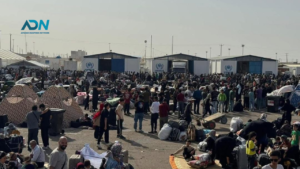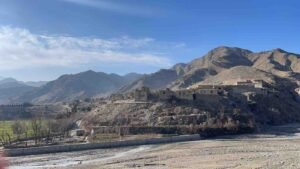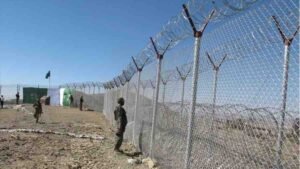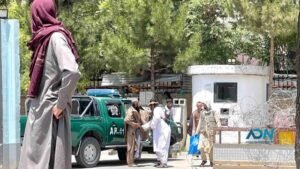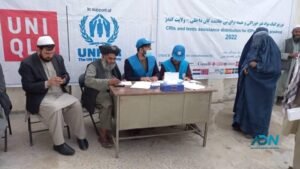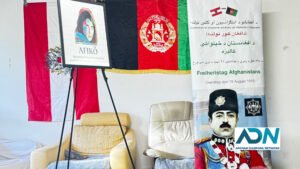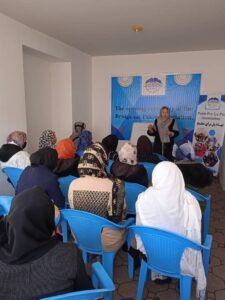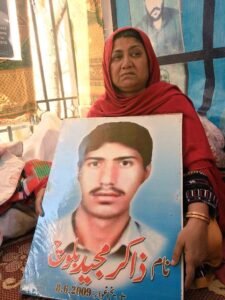The Proxy Gamble: How Militancy Was Mainstreamed

Afghan Taliban on the streets of Kabul. Photo by @AADIL for ADN
By A. Shafaq
Terrorism in Pakistan is not just the work of rogue actors or isolated extremist cells—it’s a crisis deeply woven into the country’s political and military fabric. For decades, both civilian and military institutions have either supported or turned a blind eye to militant groups, often under the pretense of strategic defense or ideological solidarity. These policies, initially intended to gain influence in neighboring Afghanistan and challenge India, have backfired with devastating consequences, both at home and abroad.
One of the most horrifying reminders of this self-inflicted chaos was the 2014 attack on the Army Public School in Peshawar. Terrorists from the Tehrik-i-Taliban Pakistan (TTP) stormed the school and murdered more than 130 children. The TTP, once considered an asset during the U.S.-Soviet conflict in Afghanistan, has since turned against Pakistan itself. Over the years, it has been responsible for the deaths of tens of thousands of Pakistani civilians and security personnel—a tragic toll that underscores how deeply terrorism has rooted itself in the country’s soil.
Even Pakistani leaders have acknowledged this uncomfortable truth of open support to terror organisations. Defense Minister Khawaja Asif, in an interview with Sky News, admitted that Pakistan had essentially been doing the West’s “dirty work” for over three decades. Similarly, former Prime Minister Imran Khan stated in 2019 that Pakistan had become a hub for jihadist groups during the Afghan Jihad, backed by the United States.
Perhaps the most alarming aspect of this entire nexus is the reported involvement of Pakistan’s own Special Forces in training militants. According to various intelligence sources, elite units like the Special Services Group (SSG) have played a role in instructing recruits from Lashkar-e-Taiba and Jaish-e-Mohammad. These camps, located in areas like Muridke and Bahawalpur, are said to operate with the tacit approval of state authorities. The training offered goes far beyond the basics of guerrilla warfare. Recruits are reportedly taught night operations, communications strategy, survival tactics, and coordinated assault techniques—all hallmarks of formal military training.
Such structured preparation stands in stark contrast to the chaotic image often associated with terrorist militias. In fact, intercepted communications and militant testimonies frequently reveal a level of sophistication that points unmistakably to military involvement. These aren’t loosely organized bands of fighters; they’re systematically trained operatives, groomed with precision and purpose.
This overlap between official forces and extremist groups raises serious questions about the Pakistani state’s credibility. While officials continue to deny any support for terrorism, the recurring evidence suggests a pattern too consistent to be accidental. This strategy allows Pakistan to maintain plausible deniability while pursuing asymmetric warfare through proxies—primarily aimed at India and influence in Afghanistan. It also reinforces the disturbing idea that these groups are not just tolerated but actively supported and armed by the state itself.
In response to a terror attack in Pahalgam, India launched targeted strikes against infrastructure linked to globally banned terrorist outfits operating from within Pakistan. These included Lashkar-e-Taiba’s main center in Muridke and facilities associated with Jaish-e-Mohammad. Training camps such as Syedna Bilal and Sawai Nala in Muzaffarabad were also hit—sites reportedly used to train militants involved in cross-border attacks.
In a widely circulated image taken after Indian strikes on terror camps, uniformed Pakistan army officials and government representatives can be seen participating in funeral prayers for those who were killed in the strike. These officials were standing behind an internationally proscribed and sanctioned terrorist Abdul Rauf of Lashkar-e-Taiba. Further, shockingly, the coffins were draped in the Pakistani national flag, an honor typically reserved for fallen soldiers. By according this level of respect to terrorists, the state sends a deeply troubling message: that those who carry out violent jihad are not outcasts, but honored figures within society.
This long-standing policy of using militants as a tool of foreign policy has now become a massive liability. What was once considered a clever tactical maneuver has become a significant threat to Pakistan’s own stability, tarnishing its reputation and weakening its global standing. Denial, at this point, only deepens the crisis.
If Pakistan hopes to chart a new course, it must begin with honest self-reflection. That means dismantling terror networks, prosecuting those who aid them, and ending the state’s reliance on militant proxies. Civilian leadership must assert itself over military and intelligence agencies that have historically enabled these groups. Without such a fundamental shift, Pakistan risks being seen not as a casualty of terrorism, but as one of its principal architects.
A. Shafaq (pseudonym) is a researcher and lecturer at one of the private universities in Kabul.
Note: The contents of the article are of sole responsibility of the author. Afghan Diaspora Network will not be responsible for any inaccurate or incorrect statement in the articles.

